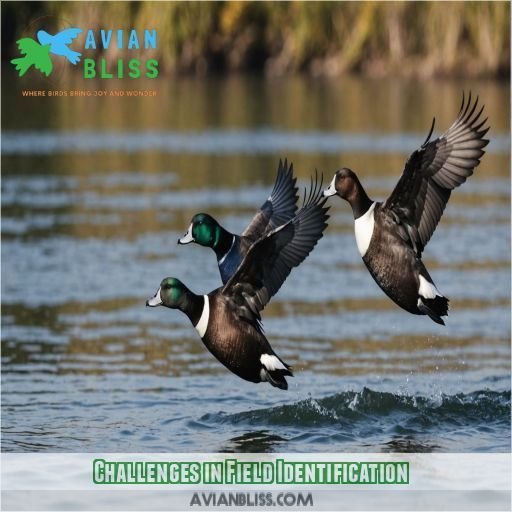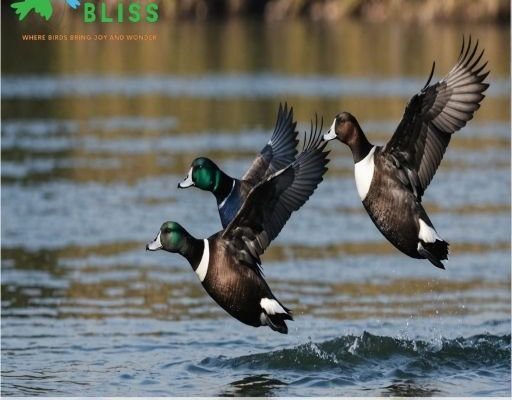
Spotting Enchytraeids comes with its own unique set of challenges. Their small size, similar appearances to other worms, and the varying habitats they thrive in can turn a casual observation into an exercise in frustration. If you’ve ever tried to identify one, you know it can feel like having a jigsaw puzzle where all the pieces look almost identical. So, let’s dig into the challenges of field identification and uncover some helpful tips for spotting these important soil dwellers.
Understanding Enchytraeids
Enchytraeids are small, segmented worms that usually measure between 1 and 5 centimeters in length. They’re often found in moist soil and play a critical role in nutrient cycling. These worms consume organic matter, which they break down, enriching the soil and promoting plant growth. This function is crucial for maintaining healthy ecosystems.
Here’s the thing: while they’re essential, Enchytraeids can often be confused with other soil-dwelling creatures. This includes earthworms and other similar species. When you’re out in the field, identifying them correctly can be a bit tricky due to their similar coloration and body shape.
To properly recognize Enchytraeids, you need to be aware of their characteristics, such as their relatively thinner body and white or light brown color compared to other worms. By understanding what makes them unique, you can start to hone your identification skills.
Habitat: Where to Look
One reason spotting Enchytraeids can be challenging is their preferred habitat. They thrive in moist environments, often found in rich soils, under leaf litter, or even in compost piles. If you’re not searching in the right places, you might miss them entirely.
Consider looking in:
- Woodland areas with rich, damp soil
- Garden beds that have been well-mulched
- Areas with abundant decaying organic matter
When you’re out exploring, pay attention to the texture of the soil and the moisture content. If you can get your hands dirty, dig a little deeper to examine the soil layers. Enchytraeids love that damp, nutrient-rich environment, so that’s where you’ll find the highest concentrations.
Similar Species to Watch Out For
As mentioned, Enchytraeids can be easily mistaken for other organisms. The most common culprits include:
- Earthworms
- Other types of nematodes
- Various species of larvae
Each of these species has its own unique traits, but in the field, they can all appear quite similar. This is where knowing the subtle differences becomes essential.
For example, while earthworms tend to be thicker and exhibit more pronounced segmentation, Enchytraeids are typically more slender. They might also lack the distinct clitellum—the thick band found in earthworms that is crucial for their reproductive cycle.
You might be wondering how to easily differentiate them in the heat of exploration. One helpful strategy is to carry a field guide with you. This way, you can compare images and descriptions on the spot, increasing your chances of accurate identification.
Field Techniques for Identification
Identifying Enchytraeids in the field requires more than just looking. You need certain techniques in your toolbox.
1. Soil Sampling: Use a trowel to collect soil samples from your target area. Look for dark, moist patches that indicate rich organic matter.
2. Visual Inspection: Carefully sift through the soil and inspect it for movement or small, light-colored worms.
3. Use a Hand Lens: Sometimes, a magnifying glass can help you spot the finer characteristics that distinguish Enchytraeids from other worms, like their smooth skin and fine segmentation.
By employing these techniques, you can improve your chances of spotting these fascinating creatures.
Timing: When to Look
Timing can make a significant difference in your success at identifying Enchytraeids. They are generally more active during cool, moist periods. Early morning or after a rain is likely to yield the best results.
In warmer, drier conditions, they may burrow deeper in the soil, making them less accessible. Pay attention to seasonal changes as well. Spring and fall often provide ideal conditions for spotting these little worms, so plan your field trips accordingly.
When you’re out there, don’t get discouraged if you don’t find them immediately. Sometimes it takes a little patience and persistence to spot Enchytraeids.
Record Keeping: Why It Matters
Keeping a record of your findings can be a game-changer for field identification. Documenting the locations, conditions, and any specimens you find will provide you with invaluable data over time.
By maintaining a field journal, you can track patterns in where and when you find Enchytraeids. This can help refine your search techniques and location choices in the future.
You might also consider taking photographs, which can be helpful for later identification. Plus, sharing your findings with local ecological groups can contribute to broader research efforts regarding worm populations.
Identifying Enchytraeids in the field may present its own set of challenges, but with the right knowledge and techniques, you can become much more adept at spotting these vital soil dwellers. By understanding their environment, distinguishing them from similar species, applying effective field techniques, and timing your outings wisely, you increase your chances of successful identification.
Ultimately, your efforts not only contribute to your own understanding of these fascinating creatures but also help in appreciating the larger ecosystem they support. So, the next time you’re out for a walk in nature, remember that even the smallest creatures play their part in the grand tapestry of life beneath our feet!

